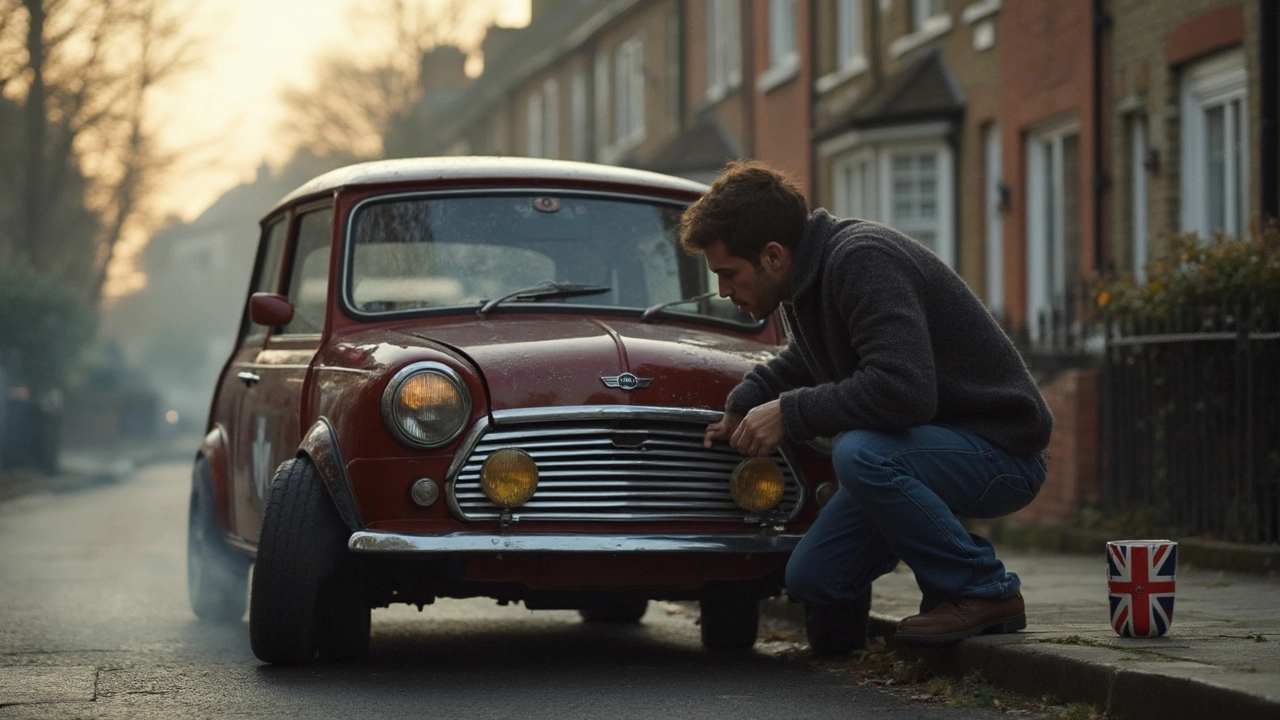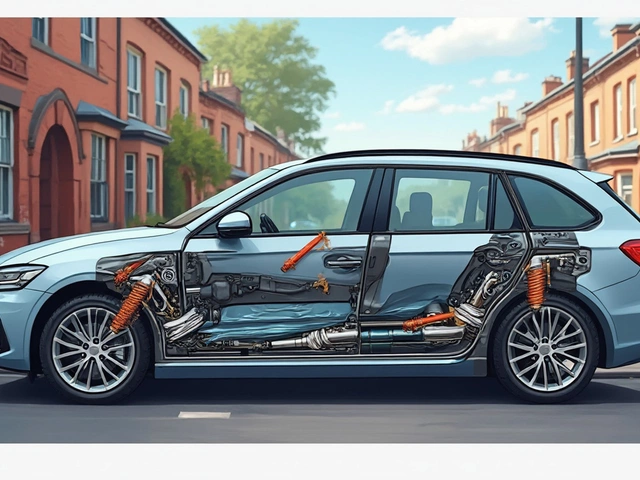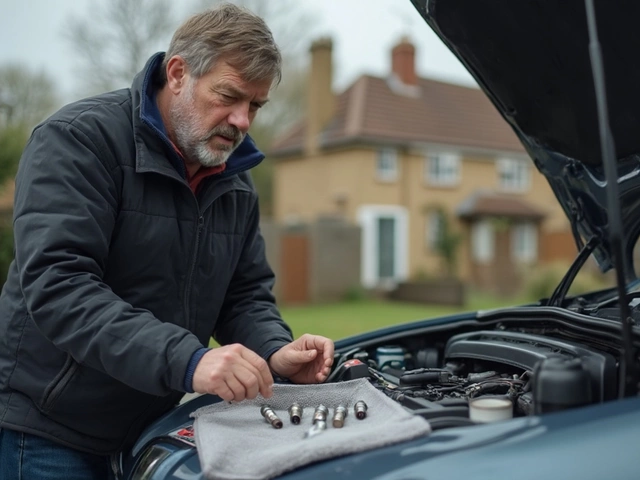Clutch Slipping: What It Is, Why It Happens, and How to Fix It
If you’ve felt the engine rev higher but the car barely moves, you’re probably dealing with a slipping clutch. It’s a common issue for manual‑gear drivers and can turn a smooth ride into a frustrating crawl. The good news? Most of the time you can spot the problem early and avoid a costly repair.
Typical Signs of a Slipping Clutch
First, listen for a sudden rise in engine noise without a matching increase in speed. You might also notice a burning smell after heavy acceleration or a spongy clutch pedal that doesn’t feel firm when you press it. If the car stalls when you try to start on a hill or you need to rev the engine higher than usual to get moving, those are clear red flags.
Common Causes
Wear and tear is the biggest culprit – the clutch disc, pressure plate, or release bearing can wear out after thousands of miles. Riding the clutch (keeping your foot on the pedal while you’re not shifting) creates extra heat and speeds up that wear. Another frequent issue is a misadjusted clutch linkage, which can prevent the clutch from fully engaging. Finally, oil leaks onto the clutch surface can make it slip even if the parts are relatively new.
Knowing the cause helps you decide whether a quick DIY tweak will do or if you need a professional’s touch. For example, a simple pedal adjustment might restore proper engagement, but a worn disc will need replacement.
DIY Checks Before You Head to the Garage
Start by checking the clutch fluid level if you have a hydraulic system – low fluid can cause incomplete engagement. Next, look under the car for oil leaks around the gearbox; any fresh oil on the clutch disc means it’s time for a rebuild. Finally, try a “hill start” test: on a gentle incline, engage the clutch and accelerate. If the engine revs but the car doesn’t move, you’ve got a slip.
If any of these checks point to a problem, it’s wise to book an appointment. Driving with a slipping clutch can damage the flywheel, cause overheating, and leave you stranded.
What to Expect at Northwich Tyres Centre
Our team can diagnose the issue in minutes, using a test drive and a quick visual inspection. We’ll tell you whether a simple adjustment, a new release bearing, or a full clutch kit is needed. Our prices are transparent – a basic clutch replacement starts around £300, but we’ll break down each part and labour cost so you know exactly what you’re paying for.
We also offer stage‑2 clutch kits for drivers who want more performance, as explained in our “Stage 2 Clutch Kit Explained” guide. Whether you need a budget fix or an upgrade, we’ve got the parts and the expertise.
Preventing Future Slips
To keep the clutch happy, avoid resting your foot on the pedal when you’re not shifting. Use the clutch only when changing gears, and give it a break on long downhill stretches – let the engine handle the speed. Regularly check your fluid levels and schedule routine inspections, especially if you notice any change in pedal feel.
Remember, a healthy clutch means smoother gear changes, better fuel economy, and a longer‑lasting transmission.
Ready to Get Your Clutch Fixed?
If you’re unsure whether your clutch is slipping, or you’ve confirmed the signs, swing by Northwich Tyres Centre. We’ll give you a clear plan, honest pricing, and get you back on the road without the dreaded slipping feeling. Give us a call or drop in – your car will thank you.
 29 June 2025
29 June 2025
How to Tell If Your Clutch Is Slipping: Clear Signs & Fixes
Learn how to spot a slipping clutch, why it happens, and what you can do once you notice the signs. Get practical tips from a car lover who’s been there.






0